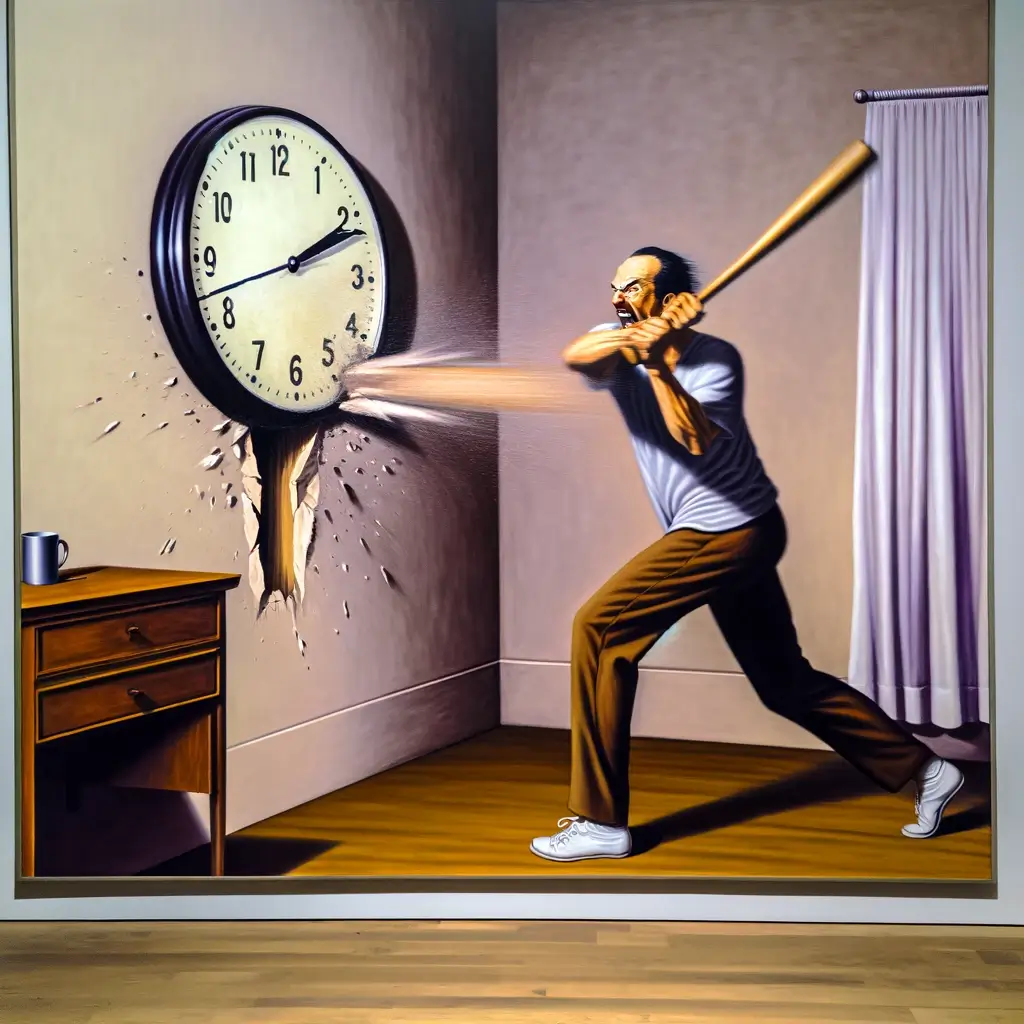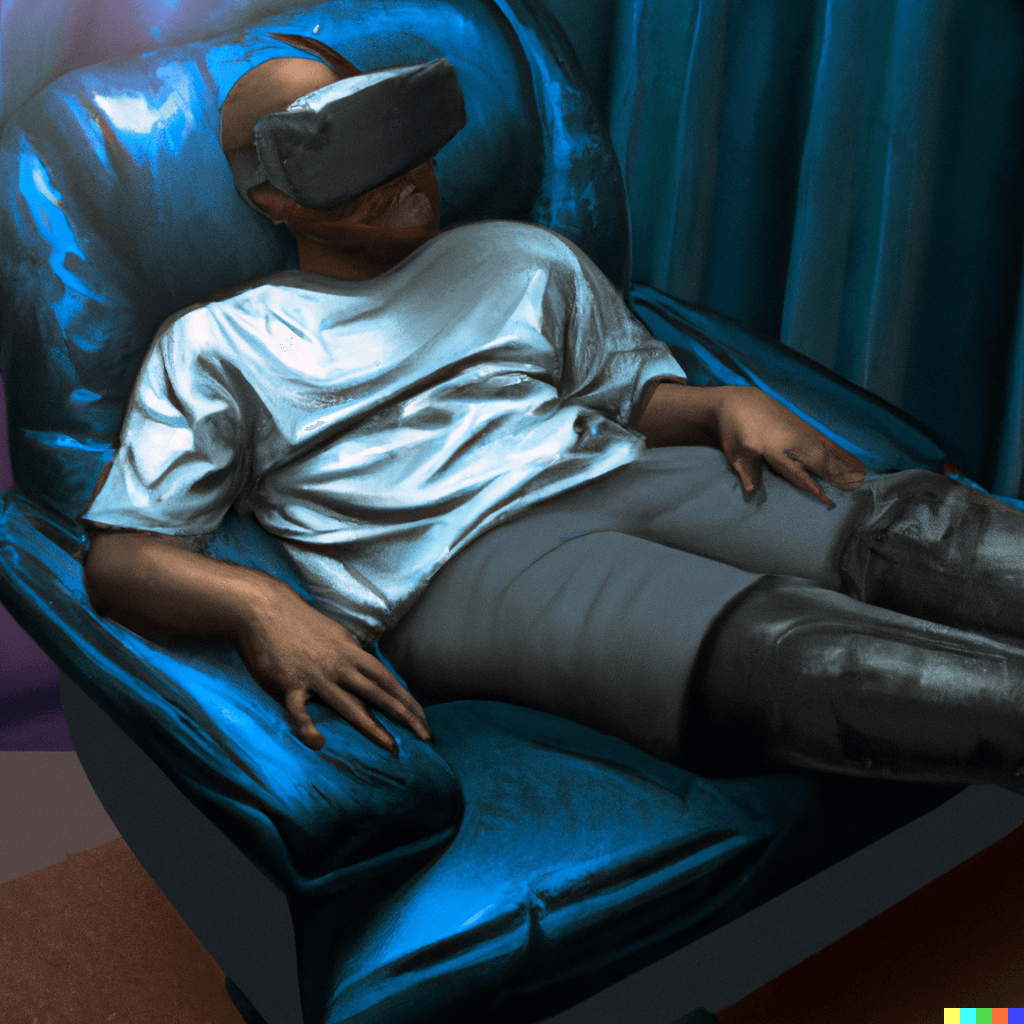Personal Injuries in Virtual Reality: A New Legal Frontier
As virtual reality (VR) technology continues to advance and become more mainstream, it opens up a new world of experiences – and potential injuries. VR systems can transport users to different realities, where they can walk, run, jump, and interact with their environment in ways that can lead to real-world injuries. This presents a fascinating new frontier for personal injury law.
Potential Injuries in Virtual Reality
Despite being in a virtual world, the physical risks in VR are very real. Users can easily forget their actual surroundings and injure themselves by walking into walls, tripping over furniture, or colliding with other objects. These incidents can result in a variety of injuries, from minor bumps and bruises to more serious injuries like fractures or concussions.
Moreover, VR can also cause psychological harm. Some users might experience severe disorientation, anxiety, or other distressing psychological effects from certain VR experiences.
Legal Issues in Virtual Reality Injuries
Determining liability for VR-related injuries is a complex issue that challenges traditional personal injury law principles. Here are some potential scenarios:
- Product Liability: If a defect in the VR system itself causes the injury, the manufacturer could potentially be held liable. For instance, if the system fails to accurately track user movements leading to an injury, this could be a basis for a product liability claim.
- Negligence: If a VR arcade or other business fails to maintain a safe environment for VR users (e.g., by failing to clear the play area of obstacles), it could potentially be held liable for negligence.
- Informed Consent: Most VR systems and experiences come with warnings about potential risks. If a user ignores these warnings and gets injured, the principle of assumption of risk could potentially limit their ability to recover damages.
Navigating the Legal Frontier
As VR technology continues to evolve, so too must the law. Here are some ways the legal landscape might adapt:
- New Legislation and Regulations: Legislators and regulatory bodies might develop new laws and regulations specific to VR to protect users and define liability.
- Industry Standards: The VR industry might develop its own safety standards and best practices to minimize the risk of injuries.
- Legal Precedents: As more VR injury cases go to court, judicial decisions will help to establish legal precedents and clarify liability issues.
The advent of VR technology presents exciting opportunities but also new legal challenges. As we navigate this new frontier, it’s crucial for users, manufacturers, and legal professionals alike to understand the potential risks and legal implications of VR use. With careful attention and thoughtful regulation, we can ensure that VR remains a safe and enjoyable experience for all.
Sub Categories
Recent Articles
-
 Apr 21, 2024How to Sue a Fast Food Company: A Step-by-Step Guide
Apr 21, 2024How to Sue a Fast Food Company: A Step-by-Step Guide -
 Apr 12, 2024Sue-ing Nothing Part 5: Legal Expeditions into the Absurd
Apr 12, 2024Sue-ing Nothing Part 5: Legal Expeditions into the Absurd -
 Apr 12, 2024Sue-ing Nothing Part 4: Legal Wanderings into the Realm of the Unfathomable
Apr 12, 2024Sue-ing Nothing Part 4: Legal Wanderings into the Realm of the Unfathomable -
 Apr 12, 2024Sue-ing Nothing Part 3: Legal Quirks and Quests Beyond Imagination
Apr 12, 2024Sue-ing Nothing Part 3: Legal Quirks and Quests Beyond Imagination

